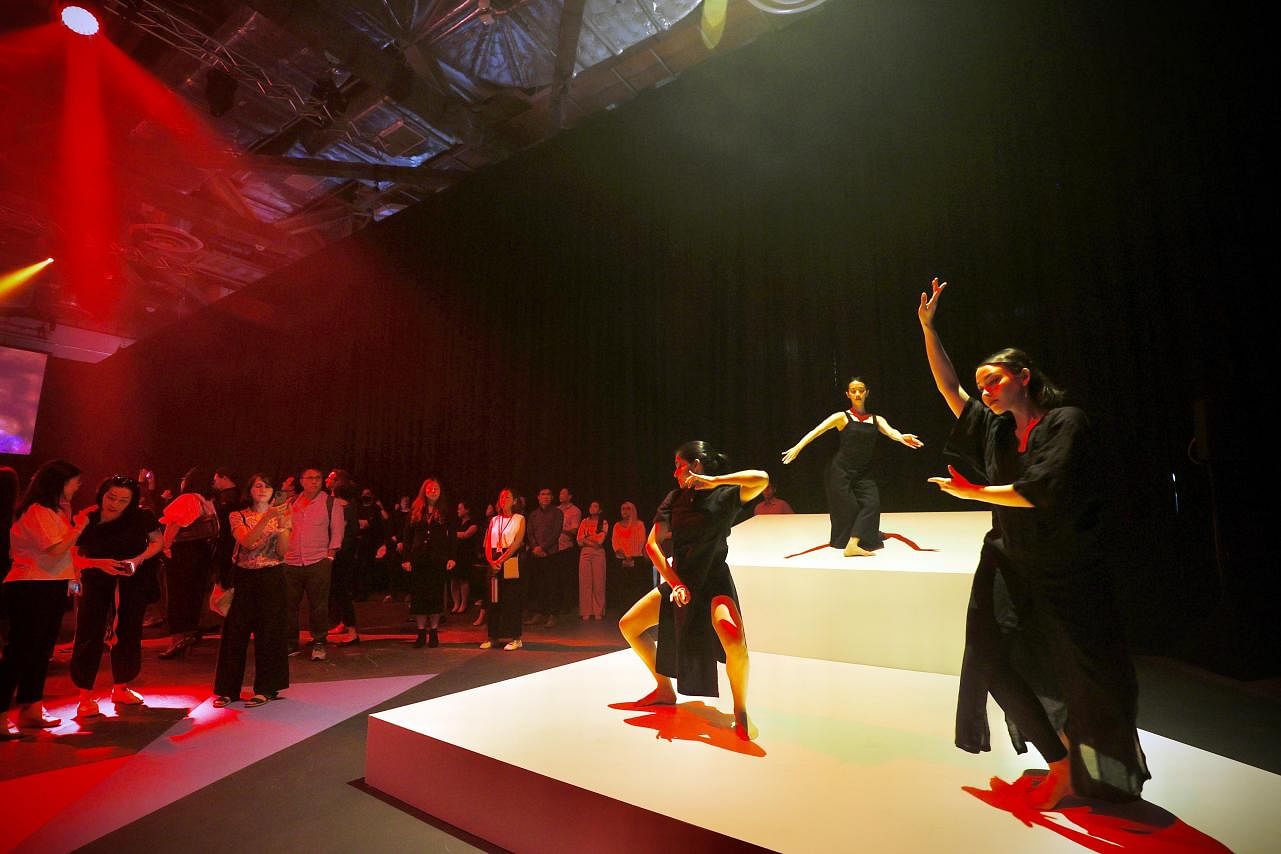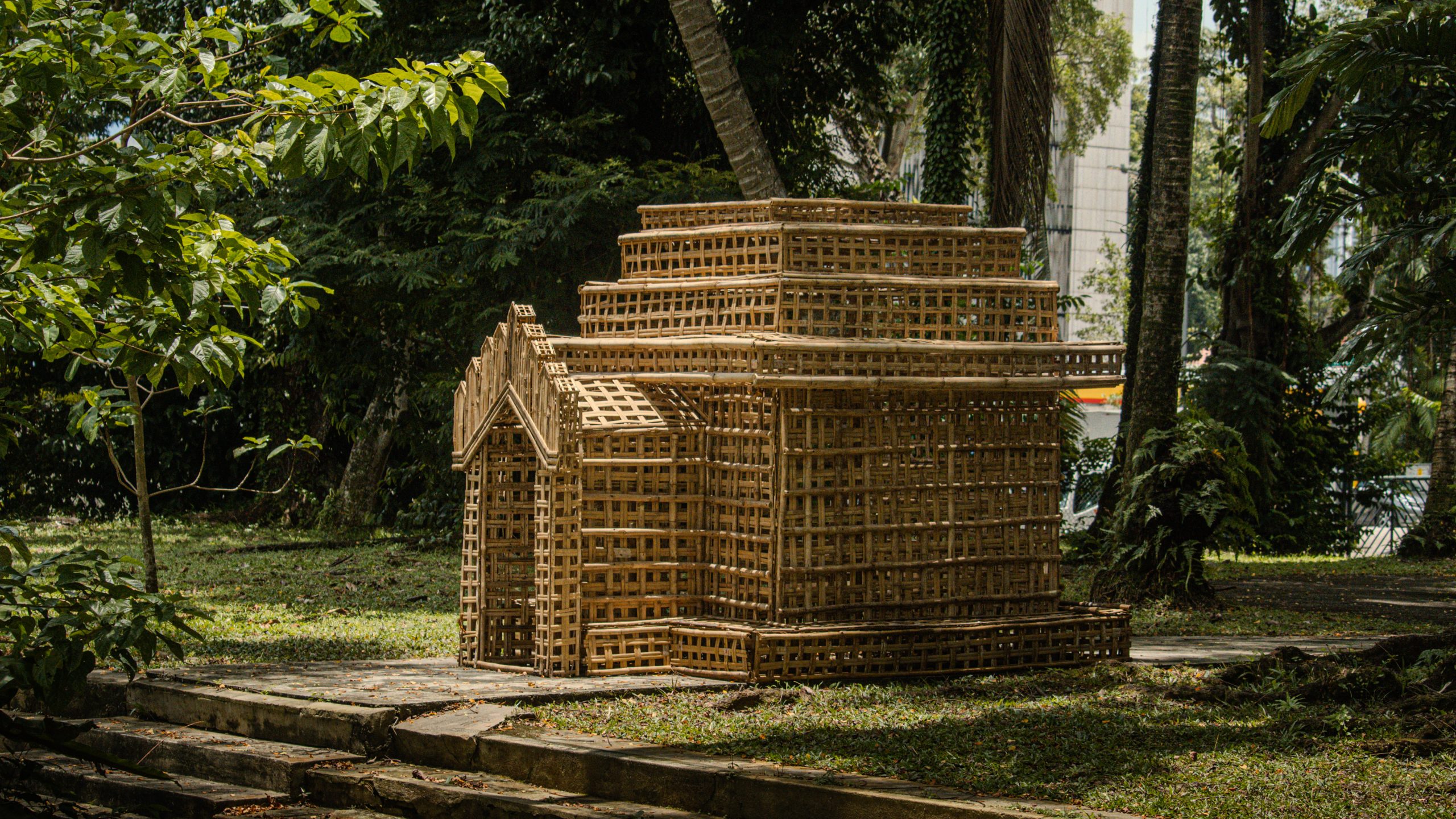The Business Times: Focus on continuity, more than change, in updated Singapore arts plan

Singapore is a highly planned society: from the economy, housing, urban space and transport, to even the arts and cultural sector. In 1989, the watershed report of the Advisory Council on Culture and Arts noted the potential of arts and culture to contribute to tourism and our economy.
Since then, the government has built infrastructure, set up funding schemes and established the statutory boards National Arts Council (NAC) and National Heritage Board to shepherd the development of the sector.
Arts plans over the past 30 years, such as the Renaissance City Plan of 2000 and 2012’s Arts and Culture Strategic Review (ACSR), have greatly shaped our cultural scene.
The former’s call to develop flagship arts companies resulted in the maturing of companies such as The Necessary Stage, The Theatre Practice, Wild Rice and Checkpoint Theatre, among others, now supported by the NAC through the Major Company Scheme.
Meanwhile, the ACSR’s emphasis on growing audiences and broadening access to the arts heralded the mushrooming of arts activities year-round across the island.
The findings of NAC’s latest Population Survey on the Arts are encouraging, showing that 82 per cent of respondents enjoyed the arts in-person or digitally. Over 70 per cent agreed that the arts gives audiences a greater sense of belonging as Singaporeans, and that the arts and culture are something that we can be proud of.
How new is the new plan?
Given these developments, the recent launch of Our SG Arts Plan 2023-2027 was much anticipated. Over 16,000 people across the public and private sectors were engaged in its development.
At first glance, the plan appears to be a continuation of many things already set in place by the previous Our SG Arts Plan of 2018-2022. It does not seem to include much that is new.
Should we have expected a paradigm-shifting vision that seeks to reshape the post-pandemic arts world together with other sectors? Or does the continuation of existing strategies show that the previous plan was on the right track?
Our SG Arts Plan 2018-2022 had three strategic thrusts: inspire our people, connect our communities and position Singapore globally. Similarly, the new Our SG Arts Plan 2023-2027 has these thrusts: a connected society, a distinctive city, and a creative economy.
It is notable that across these three pillars, much of the language recalls that of earlier plans.
The idea of “connectedness” and the arts’ role in social cohesion is also seen in the Renaissance City Plan’s description of the arts as providing “cultural ballast” for Singaporeans in a globalising world. The 2018-2022 Plan’s tagline was “excellence that inspires our people and connects our communities”.
The “distinctive city” thrust aims to “invigorate” spaces with the arts and make Singapore an “endearing home and attractive destination”. This brings to mind the call in 2008’s Renaissance City III to make Singapore a “best home” and a “distinctive global city of culture and the arts”.
Though repetitive, the reiteration of these concepts underscores their ongoing importance, and the fact that they remain works in progress.
The 2012 strategic review involved a working subcommittee on “place”, which recommended enhancing the “place identities” of various neighbourhoods. The result: creative placemaking initiatives by not only the NAC but also other government agencies like the Singapore Tourism Board and Urban Redevelopment Authority.
Such initiatives, and the role of the arts in nation- and community-bonding, will continue to evolve as Singapore matures. So too will our terms of reference.
The “creative economy” pillar revives terminology from the early 2000s. But while previous references emphasised job growth and the contribution of the arts to gross domestic product, its new usage refers to leveraging digital skills to sustain arts enterprises and enhance career pathways for practitioners.
Going further, the aim is to connect the skills of the arts sector with “adjacent industries”. These include the lifestyle sector as well as crossovers into non-creative sectors, government and commercial business.
By recognising cross-pollination across the arts and creative sectors, and their spillover effects on the wider economy, the Plan establishes the importance of creativity as a catalyst for economic growth.
Businesses and government might thus be persuaded to partner with the arts, expanding the avenues for arts financing and work opportunities.
Greater recognition
Despite familiar language and a continuity with earlier strategies, the new Our SG Arts Plan does have a couple of slight shifts. First, there seems to be an implicit acceptance of the arts and cultural sector as indelibly part of Singapore’s economic and social landscape.
Second, attention is paid to the value of artists – who were unfortunately and briefly labelled as “non-essential workers” in the early days of the Covid-19 pandemic.
The Plan observes that artists have “skill sets” that are relevant beyond the arts and creative industries, and sets out the desire to build sustainable careers in the sector. This is long-term work, and suggests that the state’s support for the arts is here to stay.
About the author:
Audrey Wong is the Programme Leader for MA Arts and Cultural Leadership at LASALLE College of the Arts.
Story reproduced from The Business Times. Access the original story here.
Image: Long Kwok Hong





